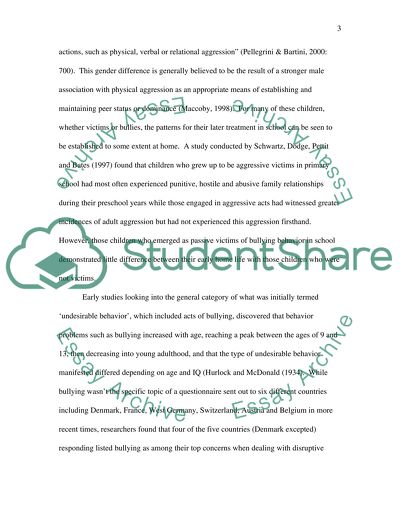Cite this document
(“Bullying in Schools Essay Example | Topics and Well Written Essays - 2500 words”, n.d.)
Retrieved from https://studentshare.org/miscellaneous/1538386-bullying-in-schools
Retrieved from https://studentshare.org/miscellaneous/1538386-bullying-in-schools
(Bullying in Schools Essay Example | Topics and Well Written Essays - 2500 Words)
https://studentshare.org/miscellaneous/1538386-bullying-in-schools.
https://studentshare.org/miscellaneous/1538386-bullying-in-schools.
“Bullying in Schools Essay Example | Topics and Well Written Essays - 2500 Words”, n.d. https://studentshare.org/miscellaneous/1538386-bullying-in-schools.


